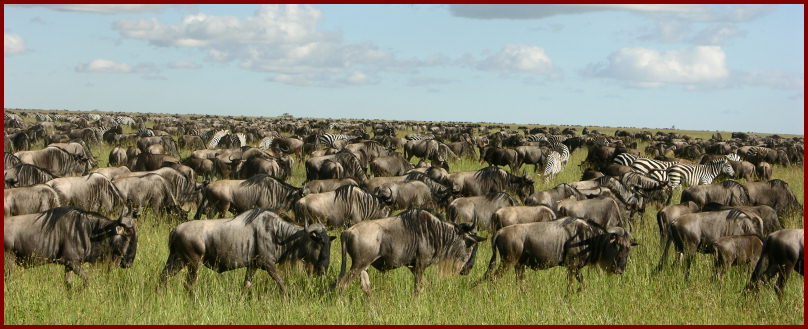Coral reefs are of the utmost ecological importance in that they are estimated to harbor 25-45% of Earth’s marine species yet they only occupy .1-.2% of the oceans. They are of additional relevance due to the fact that they have a global economic value of $375 billion dollars annually, predominantly derived from the fisheries and ecotourism industries.
The success of coral reefs is highly dependent on the symbiotic bacteria they harbor known as zooxanthellae. These bacteria are vital to the survival of coral because they release up to 90% of the material they fix through photosynthesis to their coral hosts. They play an integral role in coral calcification (growth) because they fix CO2, raise the dissolved oxygen level, and provide components of the coral’s organic matrix.
Over the past several decades, coral reefs have been in a state of decline due to increased sea surface temperatures related to global climate warming and El Niño events. When coral reefs are exposed to these increased temperatures, they expel their zooxanthellae which they rely so heavily upon for their growth in an effect known as coral bleaching. In 1998, following one of the most dramatic coral bleaching events on record, certain locations on the Great Barrier Reef exhibited estimated mortality rates of 80-90% of corals. In addition to rising sea surface temperatures, invasive human activity such as agricultural and sewage runoff leading to eutrophication, sedimentation from deforestation, and harmful fishing practices have also increased coral mortality rates.
This article provides a great overview as to the biological and human factors which come into play in the decline of coral reefs while simultaneously outlining the economic and ecological importance of coral reef ecosystems.
http://www.stumbleupon.com/su/9P7bBl/blogs.ei.columbia.edu/2011/06/13/losing-our-coral-reefs/












